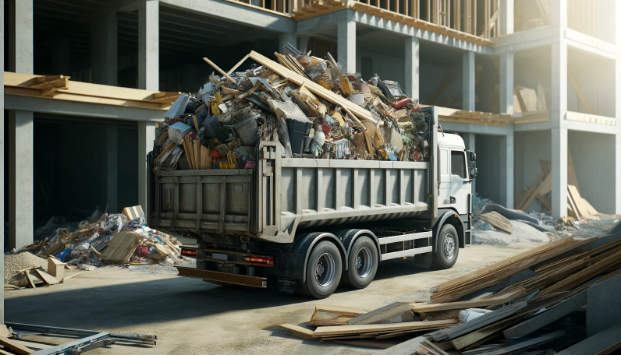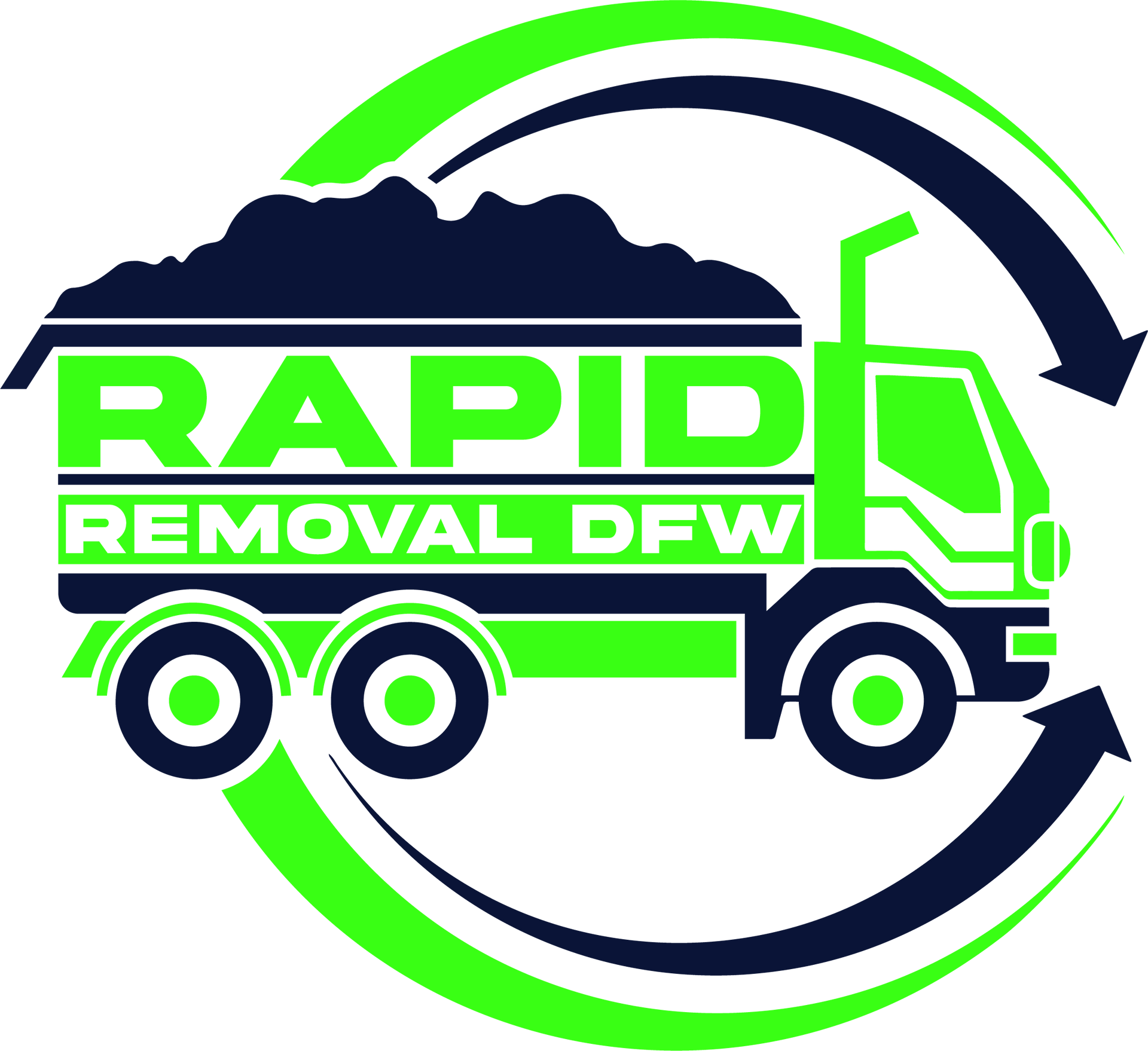
How to Effectively Handle Construction Debris Removal
Construction projects create a lot of debris—from bricks and concrete to wood, metal, and other waste materials. Cleaning up this mess isn’t just about aesthetics; it's essential for safety and legal compliance. In this guide, we’ll explore why construction debris removal is vital and walk you through the best ways to manage it.
What is Construction Debris Removal?
Construction debris removal involves clearing away waste produced during building or renovation projects. This debris can include materials like:
- Concrete and bricks
- Metal scraps
- Wooden planks
- Drywall and plaster
- Insulation materials
Effective debris removal ensures a safer environment for workers, reduces environmental impact, and complies with local regulations.
Why Is Construction Debris Removal Important?
Handling construction debris effectively is critical for several reasons:
- Safety: Debris can be a tripping hazard or cause serious injuries.
- Environmental Impact: Proper disposal prevents hazardous materials from harming the environment.
- Legal Compliance: Cities often have strict regulations on construction waste disposal.
- Efficiency: A clean site is a productive site. When debris is properly managed, workers can move around safely and perform their tasks more effectively.
Steps to Effective Construction Debris Removal
Let’s break down the process to ensure a safe and efficient site cleanup.
1. Identify Types of Debris
Different materials require different disposal methods. Start by separating materials into categories like:
- Concrete and masonry
- Metals (steel, copper)
- Wood and lumber
- Hazardous materials (paint, chemicals)
This step helps in managing each type of waste properly and complying with recycling or disposal regulations.
2. Sort and Recycle Where Possible
Construction sites produce a mix of recyclable and non-recyclable waste. Here’s a quick sorting checklist:
- Recycle: Metals, wood, concrete, and certain plastics can often be recycled.
- Reuse: Some materials, like bricks or timber, can be repurposed.
- Dispose: Items that can’t be reused or recycled must be disposed of safely.
Sorting debris before disposing of it saves time, reduces landfill waste, and often lowers disposal costs.
3. Use the Right Equipment
From dumpsters to compactors, the right equipment makes debris removal easier. Key equipment includes:
- Roll-off dumpsters: Ideal for larger debris piles.
- Waste compactors: Helpful for reducing the volume of non-recyclable materials.
- Chutes: For high-rise construction sites, chutes streamline the process of transporting debris down to ground level.
4. Plan for Hazardous Waste Disposal
Certain construction materials, like asbestos or chemical-treated wood, can be dangerous. Follow these steps for hazardous waste:
- Label and separate hazardous materials.
- Follow local regulations: Many areas have strict rules for hazardous waste disposal.
- Hire specialized services if necessary.
Failure to dispose of hazardous materials correctly can lead to legal consequences and harm the environment.
5. Schedule Regular Cleanups
Frequent cleanups prevent debris from piling up, making it easier to handle. A cleanup schedule helps ensure the site remains safe and compliant.
6. Consider Professional Removal Services
For larger projects, hiring a professional debris removal service can save time and resources. These services are equipped to handle all aspects of debris removal, including:
- Sorting and hauling
- Recycling or disposal
- Managing hazardous materials
Construction Debris Types and Disposal Methods
| Debris Type | Disposal Method | Can It Be Recycled? |
|---|---|---|
| Concrete | Concrete recycling facility | Yes |
| Metal Scraps | Metal recycling plant | Yes |
| Wood | Wood recycling or repurposing | Yes |
| Hazardous Materials | Specialized hazardous waste services | No |
| Insulation | Disposal per local guidelines | Sometimes |
| Drywall | Landfill or recycling facility | Sometimes |
Eco-Friendly Construction Debris Removal Tips
Adopting sustainable practices not only helps the environment but also enhances your business reputation. Here are a few eco-friendly tips:
- Recycle as much as possible: Many materials like metals and concrete are recyclable.
- Reuse materials: Some materials can be repurposed for future projects.
- Choose eco-friendly disposal sites: Some disposal facilities specialize in minimizing environmental impact.
Legal Considerations for Construction Debris Removal
Each region has specific guidelines for debris removal. Common regulations include:
- Permits: Some projects may require a permit for waste disposal.
- Documentation: Keeping records of waste disposal is often mandatory.
- Hazardous material handling: Strict guidelines exist for materials like asbestos and chemicals.
Failing to comply can lead to hefty fines, project delays, or even legal action.
Frequently Asked Questions (FAQs)
Q: How much does construction debris removal typically cost?
A: Costs vary by project size, type of materials, and disposal location. On average, construction debris removal can cost between $200 and $800 for smaller projects, while larger projects may require a custom quote.
Q: Can I recycle all types of construction waste?
A: Not all materials can be recycled. Metals, wood, and concrete are recyclable, while hazardous materials require special disposal methods.
Q: Is a permit needed for construction debris removal?
A: Some regions require permits for debris removal, especially if hazardous materials are involved. Check with local regulations to avoid fines.
Q: Are there eco-friendly ways to dispose of construction debris?
A: Absolutely. Recycling and reusing materials, as well as choosing disposal sites that prioritize environmental impact, are great ways to be eco-friendly.
Q: Should I hire a professional for debris removal?
A: For larger projects or when hazardous materials are involved, hiring professionals ensures safe and efficient debris handling.
Cities we service
Services
All Rights Reserved | Rapid Removal DFW
